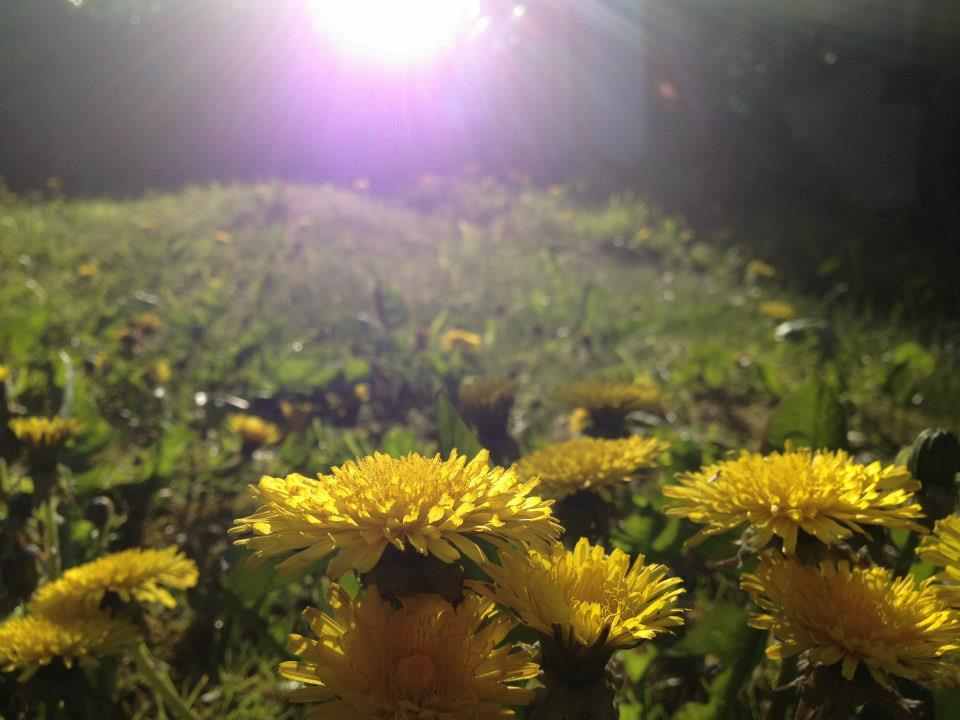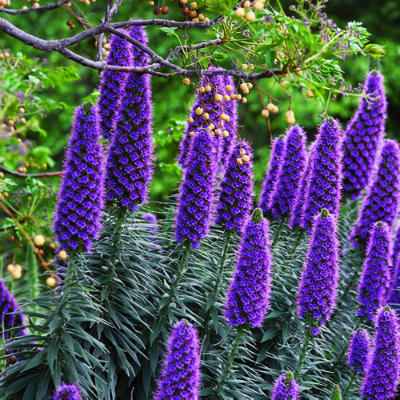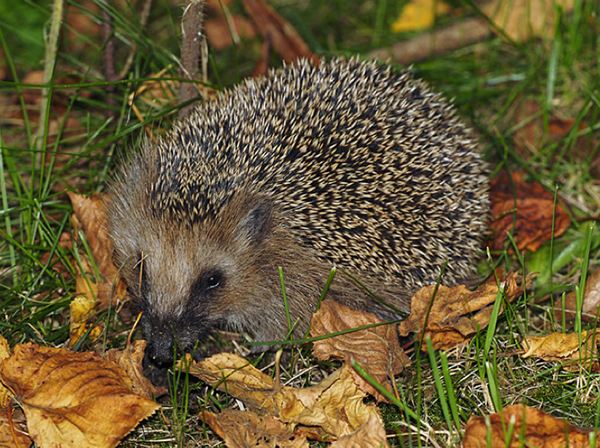 Hedgehog snuffling leaves
Hedgehog snuffling leaves
You are probably already aware that wildlife is on the decline in the UK and everywhere really. So if you are a conscientious gardener, why not make a little effort to attract a little more of it into your garden?
Having a garden full of life is a pleasure anyway, and you also get the satisfaction of knowing that you are doing your bit for mother-nature.
Making your garden more nature friendly isn’t difficult. As soon as you get the ball rolling by attracting a few insects, the birds and small mammals will soon follow. Ok, so are you ready to get started?
Walls And Rocky Gaps
Personally I just love to see old man-made stuff crumbling and being reclaimed by nature. As a nature gardener you should make it your mission to look out for old rocks and resist the temptation to remove crumbling walls.
These are all the sorts of things which can provide nooks and crannies in which insects can build their home. In particular you may find they provide shelter for bees, which in turn pollinate your plants.
Leaf Piles And Old Logs
Having a nicely kept lawn is nice enough, but try to also leave some space for nature to do its thing. Leave out a pile of leaves or an old log or two and see what happens.
Natural waste is full of things that can be recycled and giving nature the opportunity to do what it does best will naturally attract bugs and amphibians, which will once again attract birds.
Oh and those bugs will also attract hedgehogs which make a cute addition to any garden!
Getting The Right Plants
Plants are pretty, which is reason enough to have plenty of them, but the type of plant that you get has an impact on what wildlife you can expect to see.
Start with some nice and tall wild flowers which are a favourite of bees and other insects. Some long grass will also pull in some butterflies.
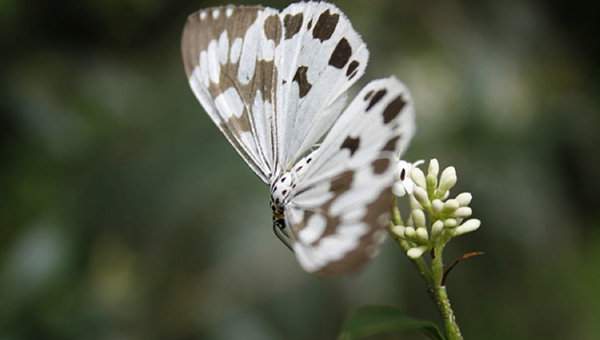 Beautiful Butterfly
Beautiful Butterfly
And if you can use hedges for your garden perimeter you will provide valuable habitat for birds, who will enjoy eating those insects that are buzzing around your flowers.
Wild Flowers
As I mentioned above, wild flowers are great for bees and insects (and even dragon flies) so if you want plenty of bio-diversity then you want lots of them.
Some of the best types of flower to grow in order to attract bumble bees include:
• Cowslip
• Foxglove
• Harebell
• Marjoram
And if you want lots of pretty butterflies, try growing a few of these:
• Yarrow
• Hawkbit
• Valerian
Build A Pond
Ponds are fantastic if you want to provide a habit for frogs and toads, they also attract different types of insects which will be eaten by the frogs and also attract more birds.
The great thing about ponds is that you will see different varieties of animals coming and going as the seasons change.
 Frog hiding in a garden pond
Frog hiding in a garden pond
More About Birds
If you follow all of the tips above you can guarantee that you will have plenty of birds coming and going. Those bushes will give them shelter and they will have hours of fun controlling your insects for you.
If you want to encourage birds, give them a food source by keeping your plants healthy and your pond full of life. Introducing a fountain or a pond pump can be a good way to keep things healthy.
You can also leave out a few manmade snacks in the form of a bird feeder. Nuts and seeds are great during the winter months when the insects are less plentiful.
Warning!
Don’t let your garden be a danger for birds; if you have a cat, give it a collar with a bell so that the birds have a fair warning.
About The Author
This post was written by Ricky from Swallow Aquatics who sell pond supplies. Ricky loves his garden and his garden pond. He likes to spend time outdoors and loves any type of wildlife.


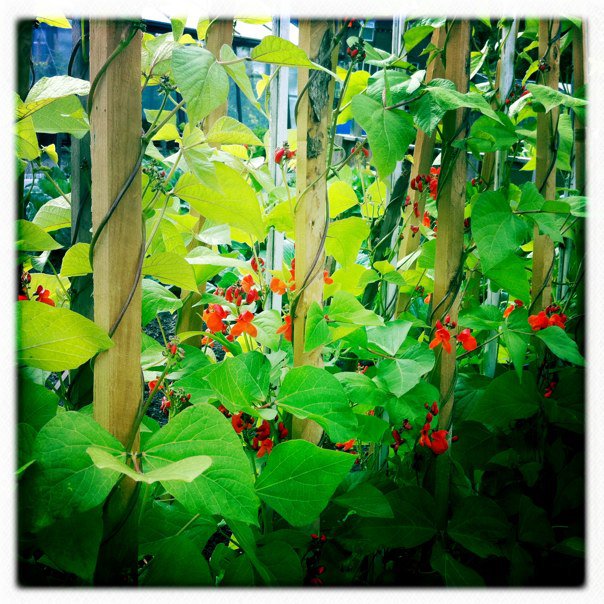
 Phil Rogers
Phil Rogers



